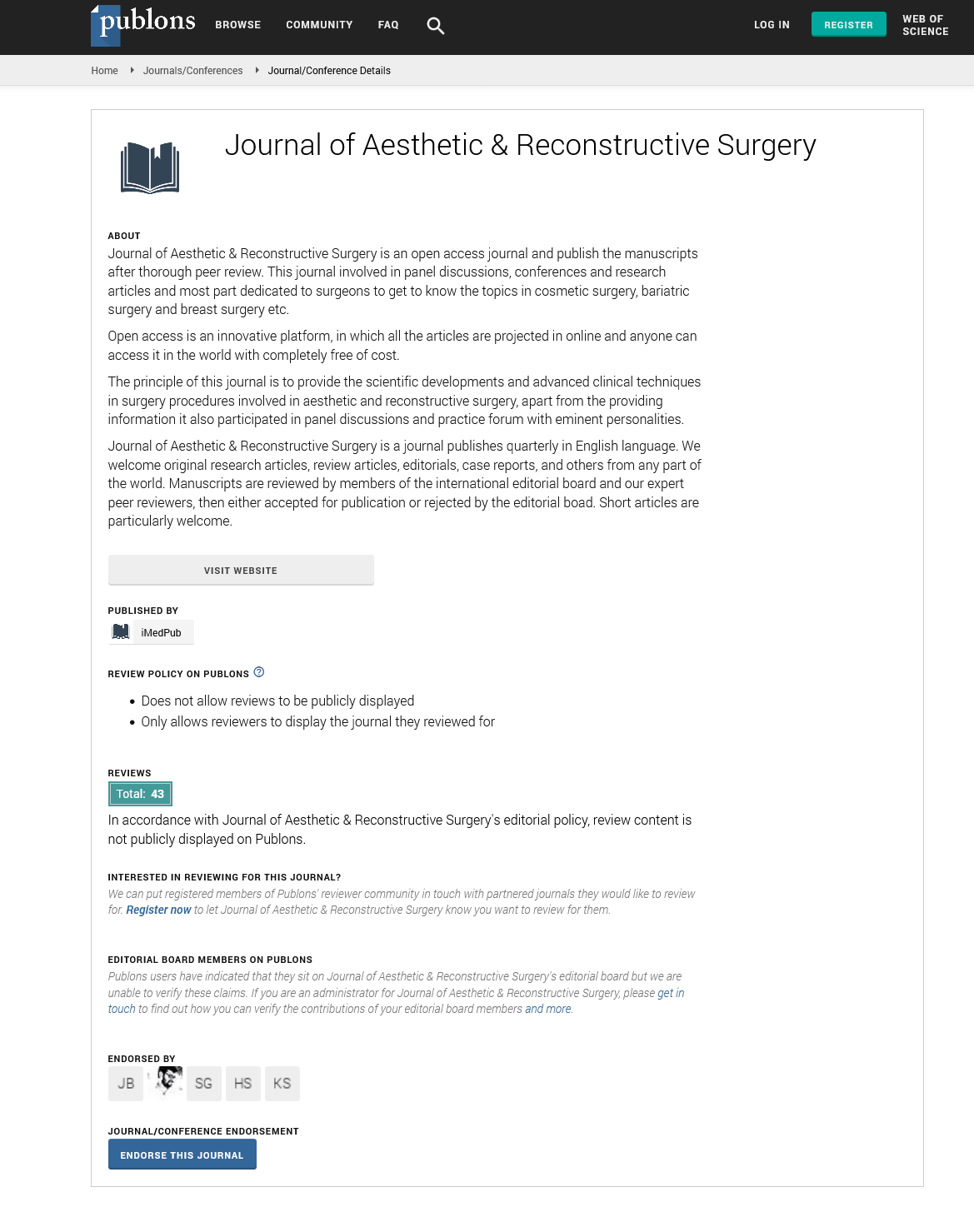Abstract
Retrograde Dorsalis Pedis Angiosomal Flow Compromised by Small Puncture Wound Leading to Transmetatarsal Amputation
Pedal puncture wounds can precipitate a variety of complications, often resulting from a delay in treatment. Although the risk of infection predominates, direct vascular insult and subsequent ischemia is a lesser reported complication of these injuries. Consequently, this may have morbid results, especially on a background of pre-existing peripheral vascular disease. We present a case involving a small, plantar forefoot puncture wound, ultimately resulting in transmetatarsal amputation due to ischemic gangrene in an uncontrolled, but sensate, diabetic with profound vasculopathy. This presentation highlights the importance of considering the potential for macrovascular damage via pedal puncture, and the potentially magnified complications in patients with dependent retrograde angiosomal flow and compromised collateral circulation. Based on a thorough analysis of the literature and the findings in this clinical example, we advocate a detailed investigation of angiosomal blood supply through direct and indirect vessel flow in patients with peripheral arterial disease incurring puncture wounds. In these patients, lack of compensatory avenues of the pedal circulation may portend significant tissue loss in an otherwise inoffensive situation. Knowledge of this complication, although rare, may prompt the clinician to assess for its potential, and emphasize a preference for direct revascularization in those with critical limb ischemia.
Author(s):
Jordan J. Ernst*
Abstract | Full-Text | PDF
Share this

Google scholar citation report
Citations : 130
Journal of Aesthetic & Reconstructive Surgery received 130 citations as per google scholar report
Journal of Aesthetic & Reconstructive Surgery peer review process verified at publons
Abstracted/Indexed in
- Google Scholar
- China National Knowledge Infrastructure (CNKI)
- Directory of Research Journal Indexing (DRJI)
- WorldCat
- Publons
- Geneva Foundation for Medical Education and Research
- Secret Search Engine Labs
- Euro Pub
Open Access Journals
- Aquaculture & Veterinary Science
- Chemistry & Chemical Sciences
- Clinical Sciences
- Engineering
- General Science
- Genetics & Molecular Biology
- Health Care & Nursing
- Immunology & Microbiology
- Materials Science
- Mathematics & Physics
- Medical Sciences
- Neurology & Psychiatry
- Oncology & Cancer Science
- Pharmaceutical Sciences


